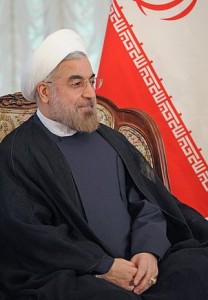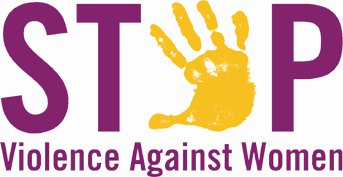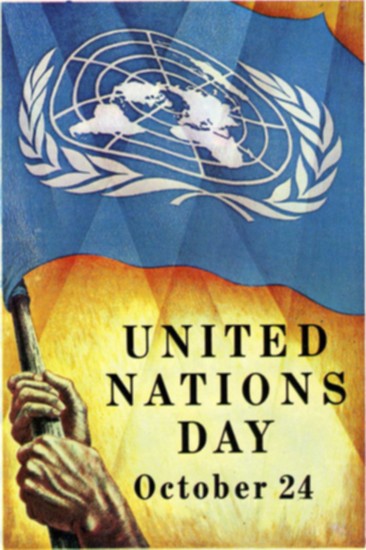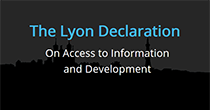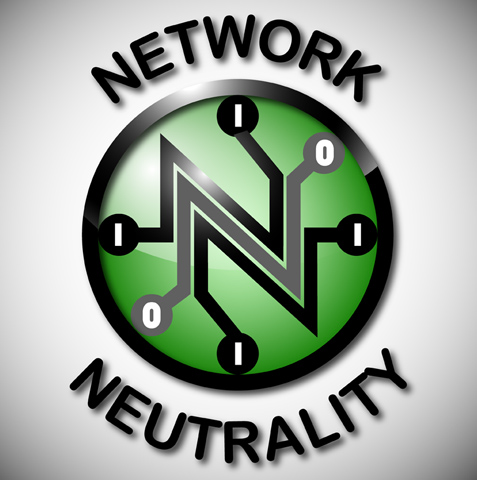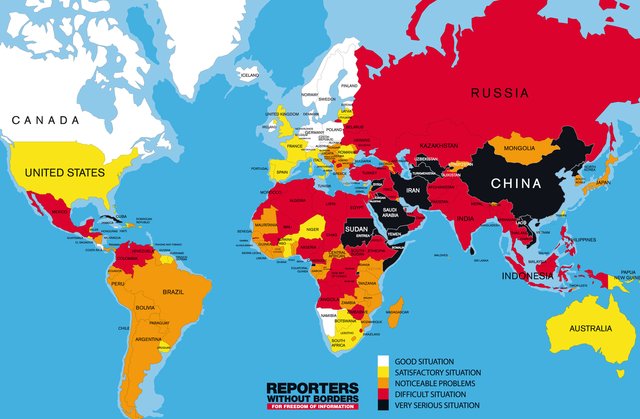In late November, negotiations between the group of world powers known as P5+1 (United States, Russia, China, United Kingdom, France, and Germany) and Iran regarding limitations to Iran’s nuclear capabilities failed to produce an agreement by the deadline of November 24th. As a result, the interim agreement known as the “Joint Plan of Action” was extended until July of 2015. This means that talks will continue in the coming months to attempt to reach a more final solution, but Iran will be held to the terms of the interim deal in the meantime.
So, what exactly would this nuclear deal contain, and how would its completion affect relations between Iran and the United States? Let’s start by breaking down a very brief history of U.S.-Iran relations over the past several decades. (For a more in-depth timeline, check out this one from the New York Times.)
The first important event in modern U.S.-Iran relations was the 1953 overthrow of Mohammad Mossadeq, Iran’s democratically-elected Prime Minister. Recently declassified government documents show that the CIA and the UK’s MI6 were behind this coup, with the justification that the Mossadeq was leaning towards a Soviet alliance. After this coup, the Iranian shah, Mohammed Reza Pahlavi, with support of the United States, was installed as monarch with broad powers. In the time between the 1953 coup and the Islamic Revolution of 1979, when the shah was overthrown, the United States and Iran signed several important nuclear agreements. The 1957 agreement allowed the U.S. to lease enriched uranium to Iran for peaceful uses. In 1968, Iran signed onto the Treaty on the Non-Proliferation of Nuclear Weapons. Finally, in 1975, President Ford published a directive which allowed the United States to share nuclear materials and technology with Iran, even allowing Iran to use an American-built processing plant to extract plutonium.
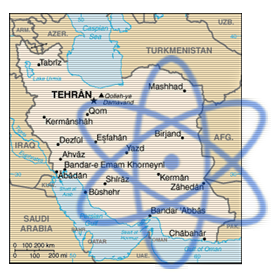 Good relations between the two countries came to an end, however, with the 1979 Islamic Revolution, after which Grand Ayatollah Ruhollah Khomeini became the leader of the new Islamic Republic. The U.S. State Department evacuated 1,350 Americans from the country, as Khomeini publicly declared, “I beg God to cut off the the hands of all evil foreigners and their helpers.” Tensions rose between the two countries as a group of students supported by Khomeini seized the U.S. Embassy and took 52 Americans hostage. The hostages were held in captivity for almost a year and a half. Finally, on January 20, 1981, the U.S. agreed to unfreeze Iranian assets and property and promised not to interfere militarily or politically with Iran in exchange for the release of the hostages.
Good relations between the two countries came to an end, however, with the 1979 Islamic Revolution, after which Grand Ayatollah Ruhollah Khomeini became the leader of the new Islamic Republic. The U.S. State Department evacuated 1,350 Americans from the country, as Khomeini publicly declared, “I beg God to cut off the the hands of all evil foreigners and their helpers.” Tensions rose between the two countries as a group of students supported by Khomeini seized the U.S. Embassy and took 52 Americans hostage. The hostages were held in captivity for almost a year and a half. Finally, on January 20, 1981, the U.S. agreed to unfreeze Iranian assets and property and promised not to interfere militarily or politically with Iran in exchange for the release of the hostages.
For the next three decades, relations between the U.S. and Iran remained bumpy at best. Beginning in the mid-1980’s, the U.S. became involved in what is known as the “Tanker War,” the portion of the Iraq-Iran War that took place in the waters of the Persian Gulf. The U.S. became involved in the struggle to protect oil shipments through the area, and between 1987-1988, U.S. attacks resulted in the destruction of much of Iran’s navy as well as some Iranian oil platforms. During one of the skirmishes in the region, the U.S. naval vessel Vincennes accidentally shot down an Iranian civilian passenger plane, killing all 290 passengers. Throughout the Gulf War and into the late 1990’s, there seemed to be no inclination on the part of either country’s leaders towards diplomacy.
In 1997, reformist Mohammad Khatami was elected Iranian president, bringing in more than 70% of the votes. Khatami reached out to the United States in an interview with CNN, calling for a “dialogue with the world.” However, no contact was made between U.S. and Iranian leaders during Khatami’s presidency. In 2002, the U.S. learned about a covert Iranian nuclear program, which led to inspections by the International Atomic Energy Agency (IAEA) and eventually a temporary agreement for Iran to stop all uranium production. However, after Mahmoud Ahmadinejad, a conservative known for his strong anti-western rhetoric, was elected Iranian president in 2005, nuclear negotiations stalled and Iran continued its nuclear enrichment activities. Ahmadinejad’s presidency brought tumultuous times within Iran and with Iran-U.S. relations.
In 2013, Iran’s new president, Hassan Rouhani, made a phone call to President Obama while at a UN forum in New York. This phone call was the first direct conversation between leaders of the two countries in over 30 years. The leaders both later expressed via social media that the two countries were ready to reach a deal concerning Iran’s nuclear program. This led to the “Joint Plan of Action,” the short term nuclear agreement that is now in effect.
All of the P5+1 powers, the IAEA Board of Governors and the UN Security Council are in agreement that Iran should not be allowed to develop the capabilities for nuclear weapons.1 These international actors also believe that Iran was, in the recent past, actively working to develop these capabilities, which mainly hinge upon enriched uranium and ballistic missile production,2 and that’s the basic push behind the nuclear agreement. Iran denies these accusations, however, even claiming that the IAEA forged documents that prove that the country’s nuclear program has “possible military dimensions.” These tensions are surely affecting the negotiations toward a nuclear agreement, but the completion of this agreement would be an important step in smoothing the turbulent relations that the United States and Iran have shared over the past 70 years.
Check out the sources below to learn more about this topic!
Web Resources
BBC News: US and Iran – A Brief Guide
US and Iran meet in bid to reach nuclear deal – Al Jazeera
Articles (Available through UIUC Online Journals and Databases)
Attacking Iran’s Nuclear Project. (2012). World Affairs, 175(1), 25-38.
Ezeozue, C. (2013). THE UNITED STATES AND IRAN NUCLEAR PROGRAMME: A CRITICAL ANALYSIS. Journal Of Global Intelligence & Policy, 6(10), 114-123.
GOLDMAN, Z. K., & RAPP-HOOPER, M. (2013). Conceptualizing Containment: The Iranian Threat and the Future of Gulf Security. Political Science Quarterly (Wiley-Blackwell), 128(4).
Hildreth, Steven A. (2012). Iran’s Ballistic Missile and Space Launch Programs. CRS Report for Congress, Congressional Research Service.
Porter, Gareth. (2014). How U.S. Intelligence Got Iran Wrong. Middle East Policy, 21(3), 95-103.
Books (Available through UIUC Libraries)
Cordesman, Anthony H., Gold, Bryan. Coughlin-Schulte, Chloe. (2014). Iran: sanctions, energy, arms control, and regime change : a report of the CSIS. Washington, D.C. : Center for Strategic & International Studies.
Hobbs, Christopher,Moran, Matthew. (2014). Exploring regional responses to a nuclear Iran: nuclear dominoes? Basingstoke : Palgrave Macmillan.
Krause, Joachim. (Eds.) (2012). Iran’s nuclear programme: strategic implications. London : Routledge.
Maleki, Abbas.Tirman, John. (2014). U.S.-Iran Misperceptions: A Dialogue. London : Bloomsbury Publishing
Price-Smith, Andrew T.. (Eds.) (2015). Rising threats, enduring challenges: readings in U.S. foreign policy. New York : Oxford University Press.


